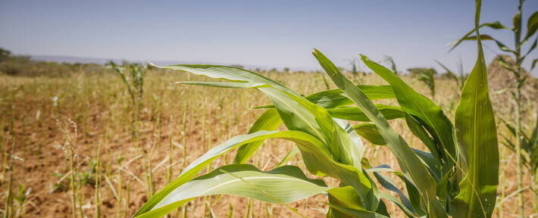
ROME, ITALY — For the first time in 12 months global commodity prices slipped in June, according to the Food and Agricultural Organization (FAO).
The FAO’s Food Price Index, which tracks monthly changes in the international prices of commonly traded food commodities and was released on July 8, averaged 124.6 points in June 2021, down 2.5% from May, but still 33.9% higher than its level in the same period last year.
The FAO Cereal Price Index decreased 2.6% from May but remained 33.8% higher than its value in June 2020. A jump in Argentinian corn yield and supplies pushed prices down, dropping international maize prices 5%. Global wheat prices decreased 0.8% in June as favorable outlook was supported by improved production prospects in many key producers despite the dry condition challenges in North America.
The FAO Vegetable Oil Price Index marked a four-month low by falling 9.8% due to lower international prices of palm, soy and sunflower oils.
The FAO also issued on July 8 the Cereals Supply and Demand Brief, a regular update on global production, consumption, trade and inventory trends.
The FAO did lower its 2021 global cereal production forecast to 2.817 billion tonnes but the estimate still remains 1.7%, or 47.8 million tonnes, higher than in 2020, which if completed would be a new record high.
An expected decrease in Brazil’s corn production and forecasted dry weather dragged the FAO’s world coarse grain estimate down 3 million tonnes to 1.513 billion tonnes.
Similar to coarse grains, the FAO cut back its global wheat production forecast based on dry weather conditions to 748.7 million tonnes.
Unlike the other forecasts, global rice production is anticipated to tick up 1% to 519.5 million tonnes in 2021.
The FAO did decrease its world cereal utilization estimate for 2021-22 by 15 million tonnes to 2.81 billion tonnes. The organization based the decline on lower-than-earlier-anticipated utilization of corn in China for animal feed.
World cereal stocks are expected to increase 2.4% to 836 million tonnes by the end of the 2021-22 season. The FAO attributed the rise to higher corn stocks in China.
The FAO also raised its global trade in cereals forecast to a record 472 million tonnes, buoyed by large Chinese corn purchases.
Source: World Grain
JUL
2021


About the Author: